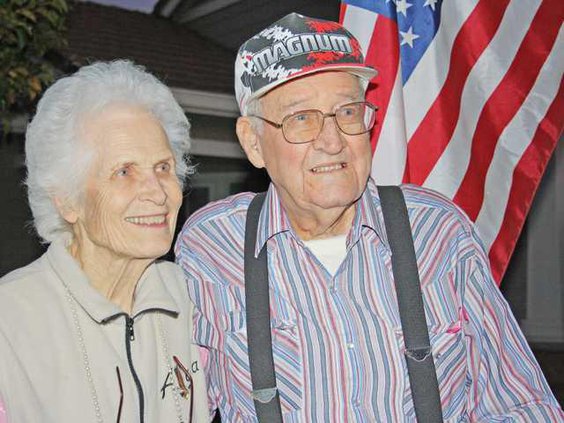Valos Beverly Brownell was at Midway Island when Pearl Harbor was attacked by the Japanese on Dec. 7, 1941.He was one of just a handful of civilian workers at Midway when Japanese submarines shelled the island at 10 p.m. on Dec. 7, harshly rousing Brownell and the others from their sleep and sending them running to the sandy beach to dig fox holes where they huddled shivering through the night.The shelling continued through the night, until just before dawn, recalled the 92-year-old Brownell who was a member of the Manteca High Class of 1937.“They shelled for quite a long time. It lasted, maybe, three to four hours. It was a long time to lay in a fox hole,” said the still sprite Manteca-born nonagenarian who now live with wife Beverly in Ripon.“They (the Japanese) knew what they were doing.
He was on Midway on Day of Infamy
Manteca High grad was working as civilian during shelling



